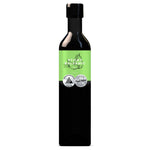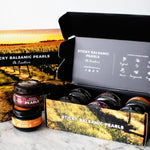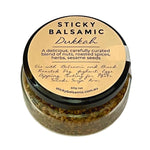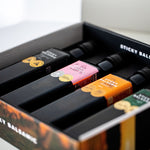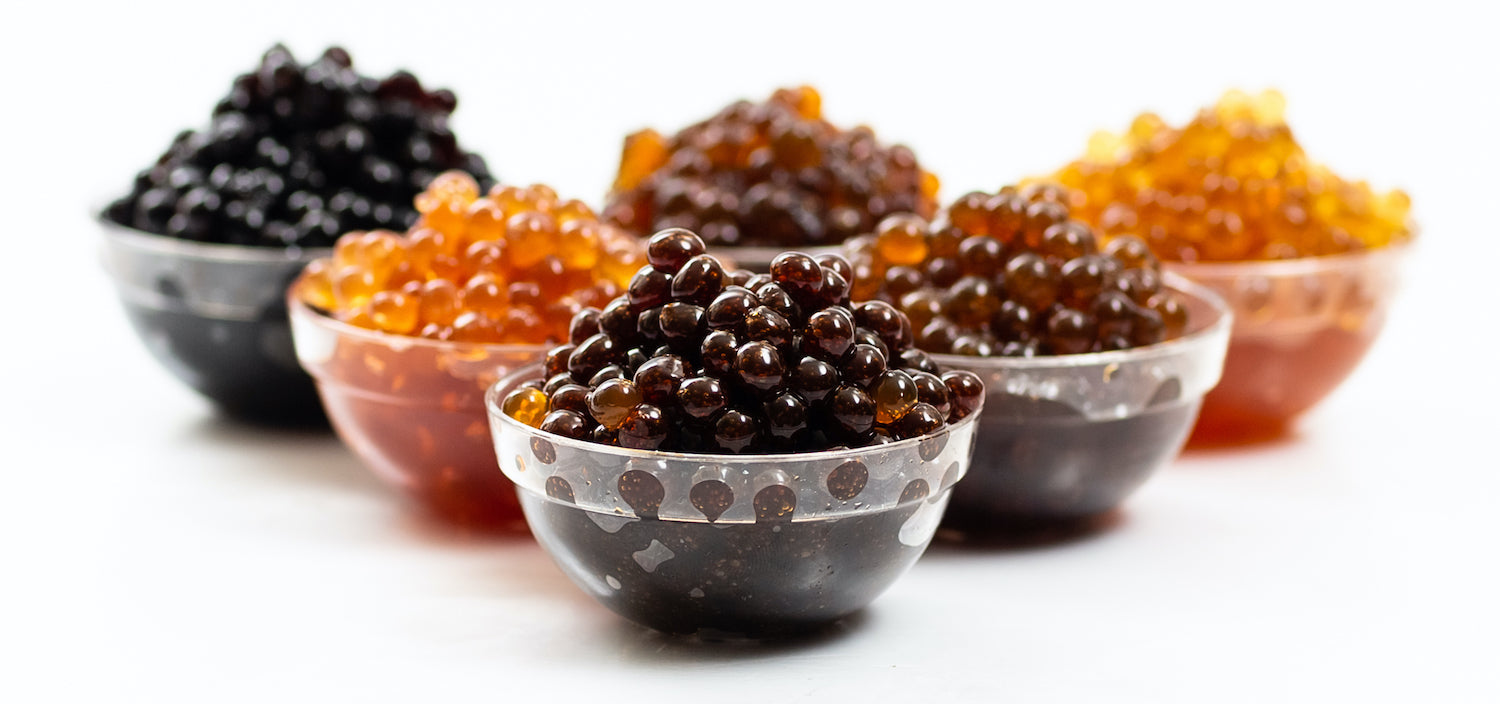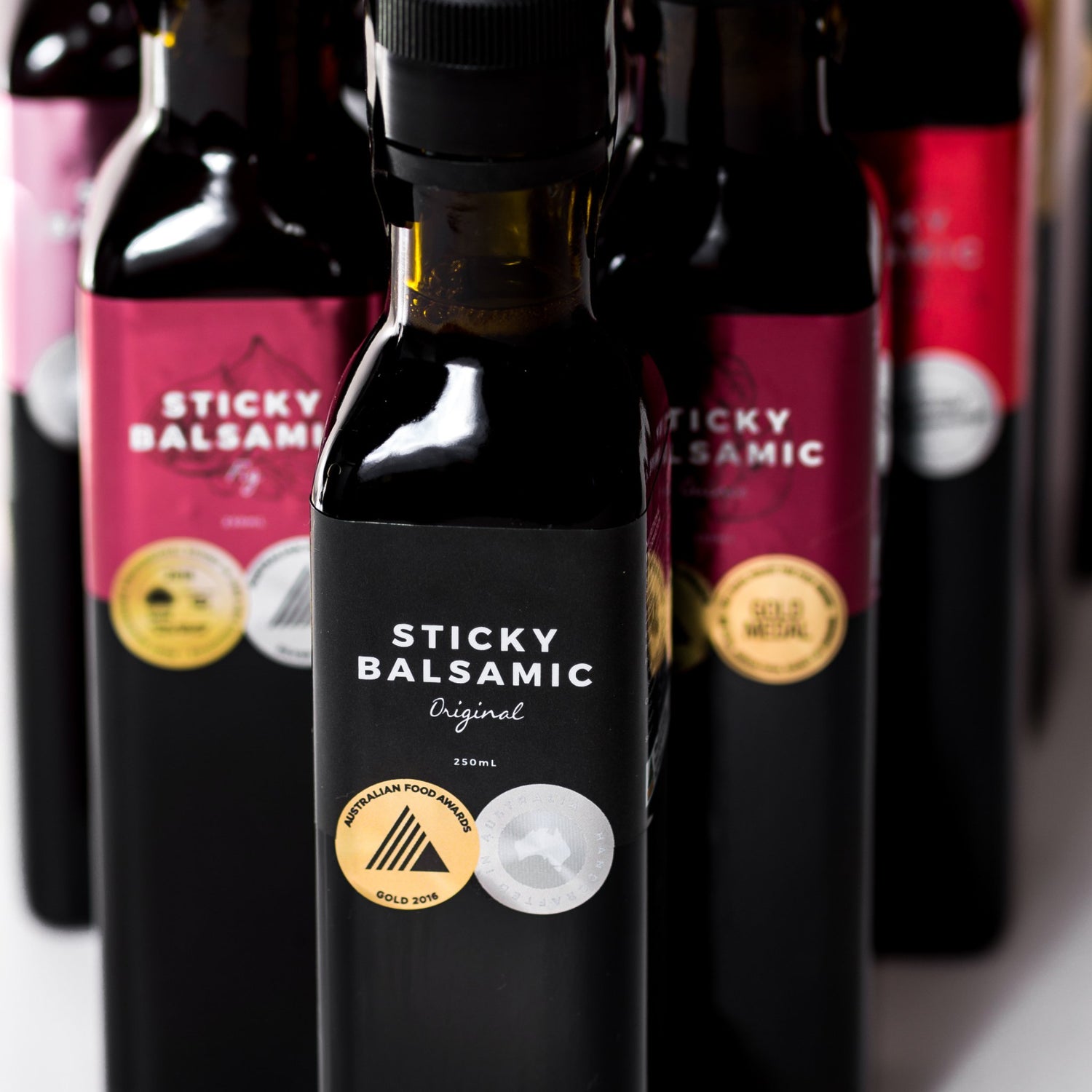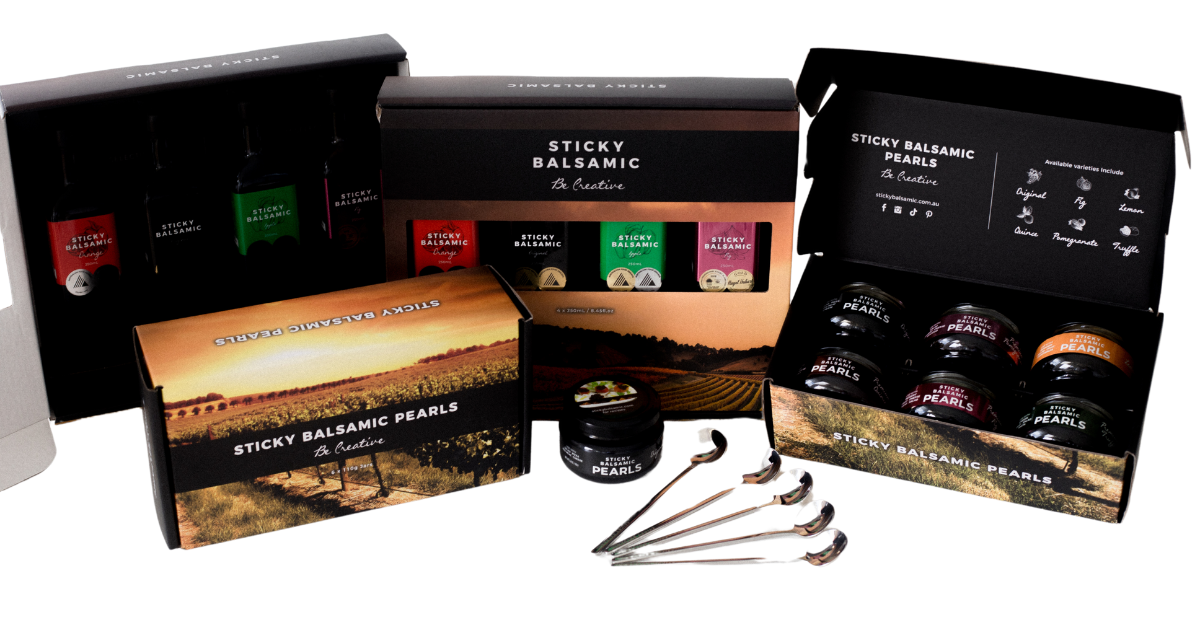What Is Balsamic Caviar?
Balsamic caviar, also known as balsamic pearls or balsamic spheres, represents one of molecular gastronomy's most accessible and impressive innovations. These small, glossy spheres contain liquid balsamic vinegar encapsulated within a delicate gel membrane. When eaten, they provide a delightful sensory experience—the resistance of the outer layer gives way to a burst of intense balsamic flavor that spreads across the palate.
Unlike traditional balsamic vinegar that immediately disperses when added to a dish, balsamic caviar maintains its structural integrity until the moment of consumption. This allows chefs and home cooks alike to create visually stunning presentations while delivering concentrated flavor in an unexpected format.
The name "caviar" refers not to any fish product but to the visual and textural similarity these pearls share with traditional sturgeon caviar—small, glistening spheres that provide a pop of flavor. However, balsamic caviar is entirely plant-based, making it suitable for vegan and vegetarian diets.
The Science Behind Balsamic Caviar
The creation of balsamic caviar relies on a technique called spherification. This process involves two key components: sodium alginate and calcium chloride.
Sodium alginate, a natural compound extracted from brown seaweed, creates a gel when it comes into contact with calcium ions. In basic spherification, balsamic vinegar is mixed with sodium alginate and then carefully dropped into a calcium chloride bath. The calcium ions in the bath react with the alginate, forming a thin gel membrane around each droplet, effectively encapsulating the liquid balsamic inside.
For commercial production, like that of Sticky Balsamic's award-winning pearls, a reverse spherification method is often employed. This technique provides greater stability and shelf life, allowing the pearls to maintain their integrity for up to three years when properly stored.
The production process requires precise temperature control, exact measurements, and specialized equipment. Each pearl must be uniform in size and perfectly sealed to ensure quality and consistency. This meticulous process typically takes around three days from start to finish, resulting in pearls that offer both visual appeal and flavor concentration.
Balsamic Caviar vs. Traditional Balsamic Vinegar
While balsamic vinegar and balsamic caviar share a similar flavor profile, their applications and culinary impacts differ significantly:
Texture: Balsamic is liquid and immediately disperses when added to dishes. Balsamic caviar maintains its spherical shape until bitten, providing textural contrast.
Visual Impact: Liquid balsamic tends to blend into dishes, while the pearls create distinct visual elements that elevate plating aesthetics.
Flavor Delivery: Balsamic delivers its flavor immediately and uniformly. Caviar creates a burst of concentrated flavor when the pearl ruptures, offering a more dramatic taste experience.
Versatility: While balsamic excels in dressings and marinades, balsamic caviar shines in garnishing and finishing applications where maintaining visual distinction is important.
Shelf Stability: Quality balsamic caviar, when properly produced, can maintain its integrity for years without refrigeration, offering convenience and longevity.
Culinary Applications of Balsamic Caviar
The versatility of balsamic caviar makes it a favorite among professional chefs and home cooks seeking to elevate their culinary creations. Here are some popular applications:
Salad Enhancements: Scattered across a beetroot and pumpkin salad, balsamic pearls add visual interest and concentrated flavor pockets without making the greens soggy.
Cheese Pairings: Placed atop creamy burrata or aged parmesan, the pearls provide a perfect acidic counterpoint to rich dairy flavors.
Dessert Accents: Added to grilled peaches with mascarpone or vanilla ice cream, balsamic caviar adds sophisticated complexity to sweet dishes.
Canapé Finishing: Delicately placed on smoked salmon or prosciutto appetizers, the pearls add a professional touch to hors d'oeuvres.
Cocktail Garnishes: Used in modern mixology, balsamic pearls can transform drinks like the Balsamic Lemon Sparkler into visually stunning creations.
Meat Accompaniments: Scattered around a plate of medium-rare steak or roasted duck breast, the pearls provide acidic balance to rich proteins.
The beauty of balsamic caviar lies in its ability to maintain separation from other ingredients until the moment of consumption, preventing the premature mixing of flavors that can occur with liquid balsamic.
Flavor Varieties Beyond Traditional Balsamic
While traditional balsamic caviar offers the classic, rich flavor profile of balsamic, modern producers have expanded the range of available options. Premium producers like Sticky Balsamic offer several varieties including:
Fig Balsamic Pearls: Combining the sweetness of fig with balsamic's tanginess for a Mediterranean-inspired flavor profile.
Lemon Balsamic Pearls: Adding citrus brightness to the traditional balsamic depth, perfect for seafood dishes.
Pomegranate Balsamic Pearls: Offering fruity notes with a vibrant ruby color that makes for stunning presentations.
Truffle Balsamic Pearls: Incorporating earthy, luxurious truffle notes for an indulgent gastronomic experience.
These flavor variations expand the culinary possibilities, allowing chefs to select the perfect complement for specific dishes.
The Gourmet Food Movement and Balsamic Caviar
Balsamic caviar represents the democratization of molecular gastronomy—bringing techniques once limited to high-end restaurants into home kitchens. This accessibility has contributed to its growing popularity among food enthusiasts seeking to create restaurant-quality presentations at home.
The rise of social media has further accelerated interest in balsamic caviar, as its photogenic qualities make it ideal for sharing culinary creations online. The distinctive appearance of the pearls creates instant visual interest that communicates sophistication and attention to detail.
For gourmet food producers, balsamic caviar offers an opportunity to differentiate their product lines and appeal to consumers seeking novel culinary experiences. Award-winning producers have recognized this potential, developing premium pearls that maintain quality and flavor integrity.
Choosing Quality Balsamic Caviar
When selecting balsamic caviar, several factors indicate quality:
Ingredient Transparency: Superior products use high-quality balsamic as their base, not artificial flavorings.
Uniform Appearance: Each pearl should be consistent in size and shape, indicating careful production.
Proper Texture: Quality pearls maintain their shape until bitten but burst easily when consumed.
Flavor Intensity: The flavor should be concentrated and authentic, delivering the characteristic sweetness and acidity of quality balsamic.
Shelf Stability: Premium products remain shelf-stable for extended periods without refrigeration.
Conclusion
Balsamic caviar represents the perfect marriage of traditional flavors and modern culinary techniques. These glistening pearls have transformed from a high-end restaurant novelty to an accessible gourmet ingredient that home cooks can use to elevate everyday dishes.
Whether you're a professional chef or an enthusiastic home cook, balsamic caviar offers an opportunity to bring visual drama, textural interest, and flavor concentration to your culinary creations. As molecular gastronomy continues to influence mainstream cooking, these flavorful pearls stand as one of its most successful and accessible innovations.
The next time you want to transform an ordinary dish into something extraordinary, consider the humble yet impressive balsamic caviar—a small addition that makes a remarkable difference.


